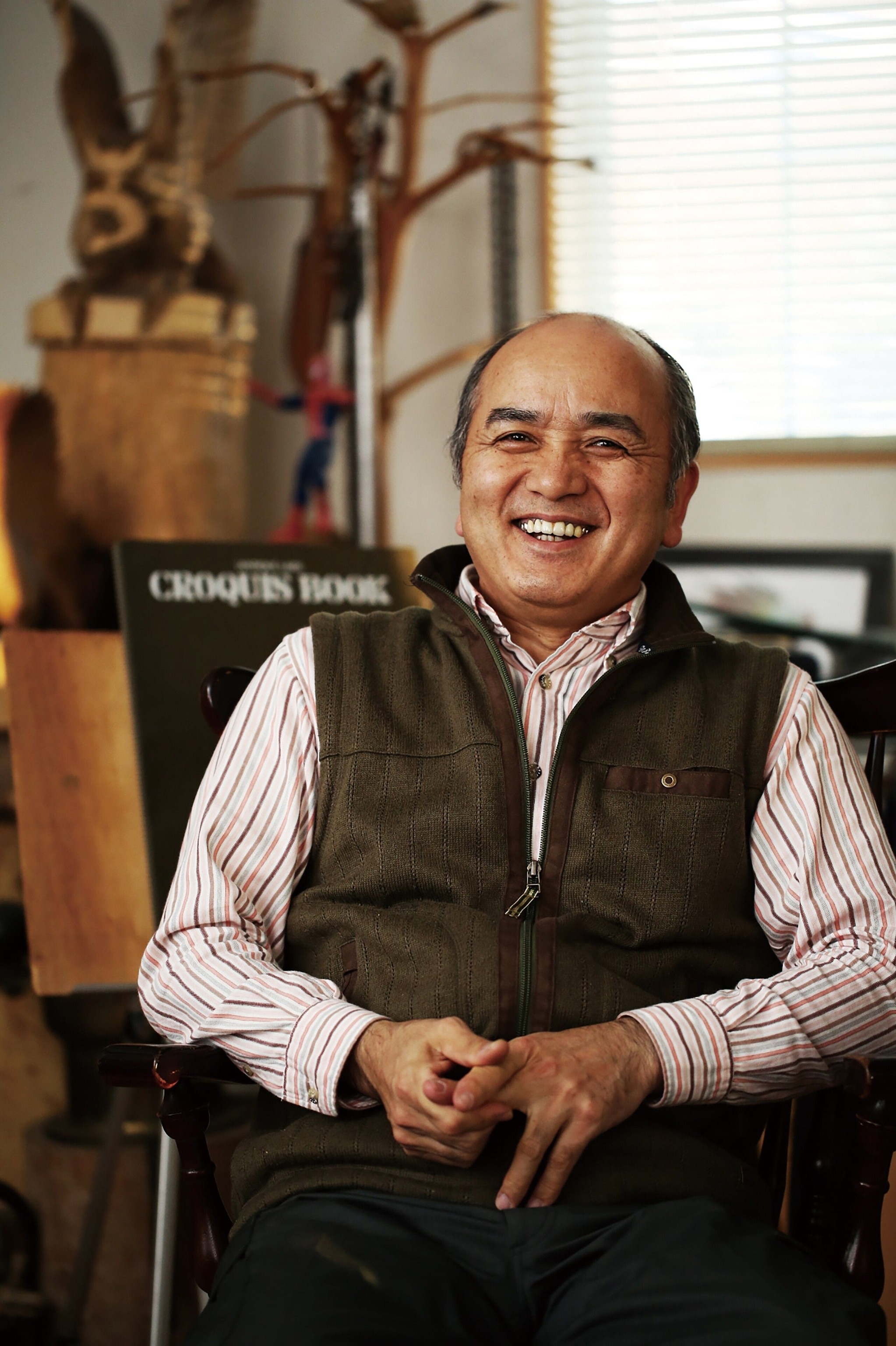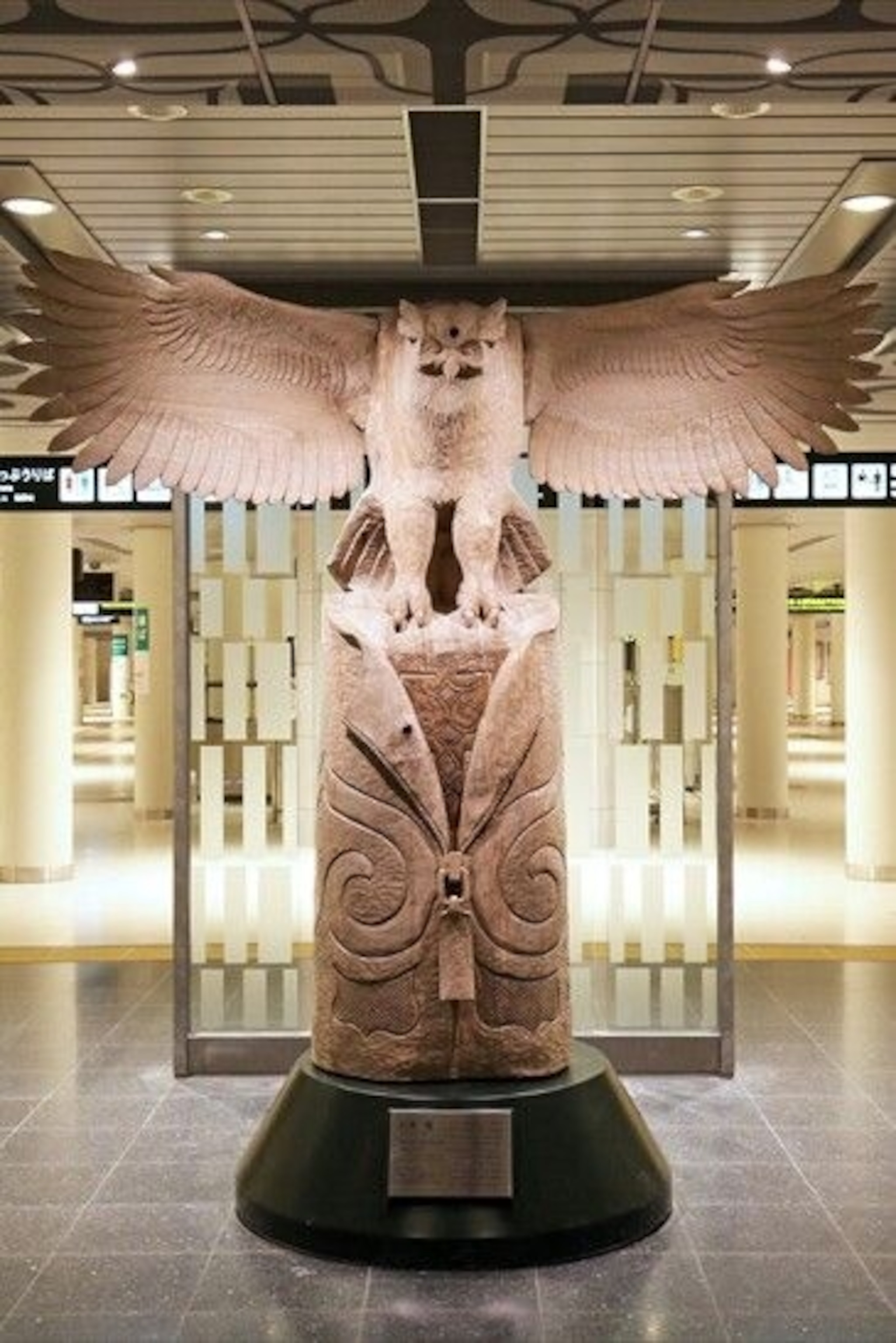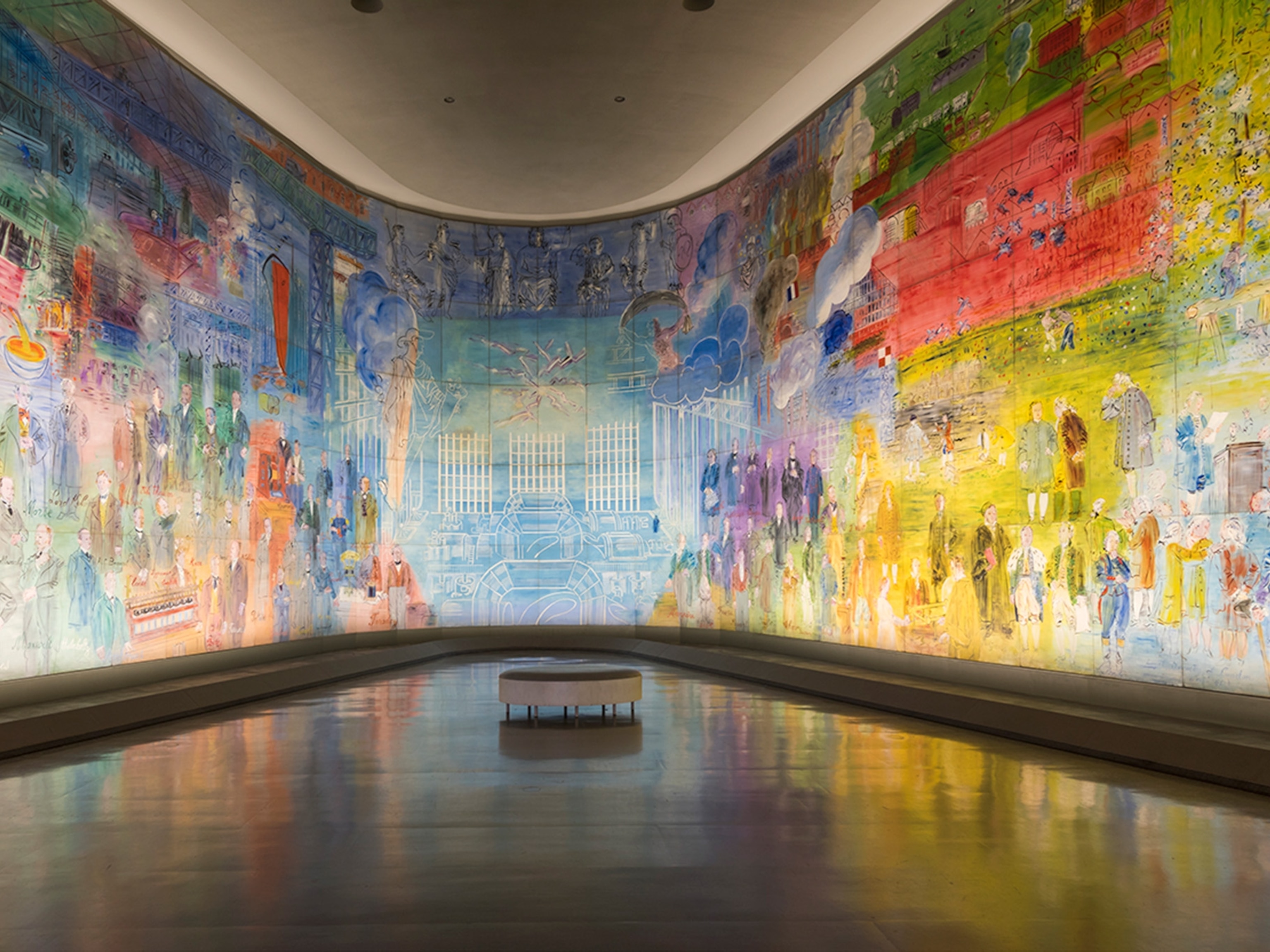
Carving a way forward: Toru Kaizawa on preserving Ainu traditions in Hokkaido
On Japan’s second-largest island, the traditions of the Indigenous Ainu people are kept alive through craftsmanship, says renowned wood sculptor Toru Kaizawa.
Hokkaido's distinctive culture will stay with travellers long after they leave. Originally hunter-gatherers, the island’s Indigenous Ainu people have a different language, religion and culture from the Japanese, all rooted in a strong connection with nature — this influence clear in local crafts. Chief among them is carving, traditionally the domain of Ainu men, who sculpt wood into tools and adorn their surfaces with patterns passed down through generations.
In the 19th century, assimilation policies did much to suppress this culture. But in 2020, the Japanese government opened Upopoy National Ainu Museum and Park, part of a correction course to recognise the Ainu and their heritage — and wider efforts to preserve their way of life. Master carver Toru Kaizawa has been working in the Hidaka District for decades. Having garnered domestic and international acclaim for his woodwork, he's a prime example of the Ainu resilience and determination to bring their cultural heritage to a wider audience.
How did you get into carving?
I’ve been a carver for 47 years. My father opened this studio in 1970 and I started helping just after I finished high school in 1974, at the age of 18. I learned the craft primarily from him, alongside the artisans in this community. Neighbours, friends, relatives, nearly everyone dabbles in carving or weaving [a craft popular among Ainu women]. I grew up in this environment, so I’m sure that left a mark, too.
What does the process involve?
After I come up with a mental image, I take a piece of raw wood, remove the outer layer and draw the work’s basic shape with a pen. I then make a rough carving, and eventually move on to the details. Everything is done by hand with the use of my tools — I have hundreds. By the time I turned 40, I’d gained enough experience and expertise to recreate any image I had in my mind, freely. This is what I enjoy the most, though it took many years to get here.
What sets Ainu carving apart from other traditional Indigenous works?
Though some other native art employs similar styles, the most distinctive features of Ainu crafts are our traditional decorative patterns. We also employ a few common motifs: there are different carving lines to show the flow of the river, thorns, flower buds, the eye of the kamuy (spirit gods) and, finally, the ramu-ramu, which are salmon scales.


What do your pieces represent, and why?
I love wildlife. During my early days, I learned to recreate lifelike figures of the animals important to Ainu culture. If you’re an Ainu carver, everybody expects you to focus on decorative patterns, but I wanted to do something different.
However, once I turned 30, I found myself paying more attention to tradition — I finally came to embrace my own identity. That’s when I began creating more traditional work; when I carve Ainu patterns, I’m keeping alive a craft that’s been passed down for generations.
Yet, I wanted to draw attention to Ainu culture, to give hope to young Ainu people, and I felt like the world wouldn't take notice if I was only bound by tradition. Now, I ‘hide’ Ainu motifs in some of my works to add an interesting, unexpected element to the sculptures.
Are these traditional skills being passed on to younger Ainu people?
To be a carver or a weaver, you need to train for 10 years. It’s hard for young people to support themselves during this time. However, the local government has begun working to keep the tradition alive by offering training and providing some assistance to apprentices. This, in my view, is the most important thing we can do.
What would you like people outside of Japan to see in your pieces?
I simply want to show the tradition of the Ainu — the tradition that risks being lost. With my handiwork, I’m trying to express the idea that these traditions will continue to be passed to the next generation. From one hand to the next — quite literally. This is all I can do; I express my ideas not with words, but through my work.
Plan your trip
Kita no Kobo Tsutomu — Toru Kaizawa’s studio and shop — can be found in the Hidaka District of Hokkaido. It’s an hour’s drive from New Chitose Airport and just under two hours’ drive from the main city of Sapporo.
Upopoy National Ainu Museum and Park is located in Shiraoi Town, one hour away from Sapporo and 40 minutes from New Chitose Airport by car.
For more information about Hokkaido, visit en.visit-hokkaido.jp
Sign up to our newsletter and follow National Geographic Traveller (UK) on social media:




